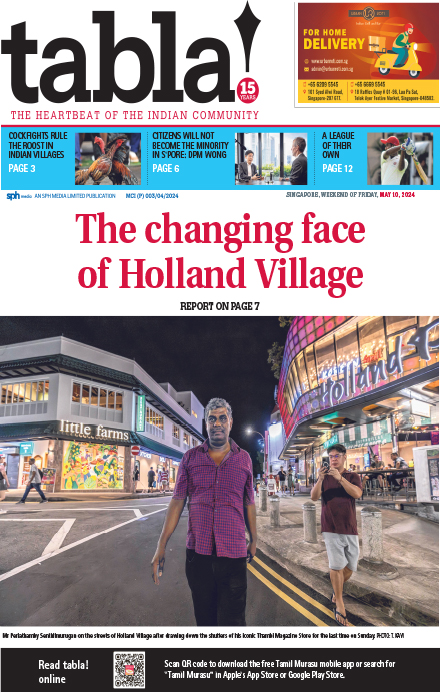The installation of a map in India's new parliament building has riled its neighbours, including Bangladesh, Nepal and Pakistan.
Bangladesh's foreign ministry last week sought an explanation from New Delhi over the Akhand Bharat, or Undivided India, map in the new parliament building, inaugurated by Prime Minister Narendra Modi late last month.
The mural features an outline of the subcontinent without any of its present-day borders, stretching west to Pakistan and Afghanistan and east as far as Myanmar. The map includes parts of Afghanistan and the whole of Pakistan, Nepal, Bangladesh, Sri Lanka and Myanmar.
The names are archaic and some of the cities labelled are in other countries, including Purushpur, the Sanskrit name for Peshawar in Pakistan.
The Bangladesh embassy in Delhi contacted India's foreign ministry to get an official explanation on the matter, Bangladesh's Junior Minister for Foreign Affairs Shahriar Alam said in Dhaka. "Various quarters are expressing anger over the map."
India's foreign ministry spokesman Arindam Bagchi said the mural depicts the spread of the ancient Mauryan Empire and "the idea of responsible and people-oriented governance that was adopted and propagated".
But, during the inauguration of the new parliament building on May 28, India's Minister for Parliamentary Affairs Pralhad Joshi described the mural as a map of Akhand Bharat - a decades-old right-wing imaginary Hindu nation .
"The resolve is clear - Akhand Bharat," he tweeted.
Mr Manoj Kotak, a Bharatiya Janata Party member of parliament representing Mumbai, tweeted: "It represents our powerful and self-reliant India."
Mr Joshi's reference to an "undivided" India did not go down well with its neighbours.
"If a country like India that sees itself as an ancient and strong country and as a model of democracy puts Nepali territories in its map and hangs the map in parliament, it cannot be called fair," Nepal's former prime minister K.P. Sharma Oli told The Kathmandu Post.
He asked the Nepalese Prime Minister Pushpa Kamal Dahal, who was visiting India, to "ask the Indian government to remove the mural" and "correct that mistake".
"There is no point in visiting India if you can't do that," Mr Oli told the Nepalese newspaper.
Mr Dahal said he raised the issue and the Indian side clarified that it was a cultural map and not a political one.
"Further study should be carried out on the issue," he said while responding to questions raised by Nepalese lawmakers.
The map depicts Nepal's ancient sites such as Lumbini - the birthplace of Lord Buddha - and Kapilvastu as part of "Greater India".
Kathmandu Metropolitan City Mayor Balendra Shah installed a depiction of "Greater Nepal" in his chamber, with an aide telling The Kathmandu Post of the need to "remember the proud history of Nepal".
Pakistan foreign ministry spokesman Mumtaz Zahra Baloch said the map was "a manifestation of an expansionist mindset that seeks to subjugate the ideology and culture not only of India's neighbours but also its religious minorities".
Sri Lanka, Afghanistan and Myanmar have not officially commented on the matter.
The Financial Times noted that some of the outrage - not least from India's arch-enemy Pakistan - may reflect broader tensions or have been manufactured for domestic political purposes.
And India is not the only country where maps have caused problems with the neighbours.
Hungarian leader Viktor Orban last year riled Romania and Ukraine when he wore a football scarf featuring the outlines of a "Greater Hungary" in the country's pre-1920 borders.
Chinese maps featuring the Nine Dash Line, its unrecognised claim on most of the South China Sea, routinely cause fury in neighbouring countries like Vietnam.
But India's map is in stone in a building Mr Modi called a "temple of democracy" and in a country that styles itself as a regional leader.
"As the largest nation and economy, India ought to reach out in a positive way to its neighbours," said Mr Aakar Patel, an author and government critic.
"The map is going in the opposite direction from where we should be going". Indo-Asian News Service
"As the largest nation and economy, India ought to reach out in a positive way to its neighbours. The map is going in the opposite direction from where we should be going".
- Author and government critic Aakar Patel



